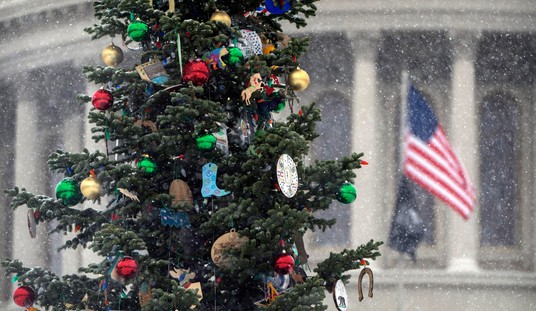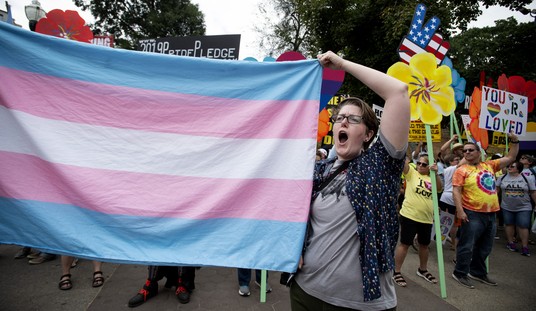First, the total cost of these policies, in billions of dollars. As it's easy to see, the extension of the Bush tax cuts do the most damage on the revenue ledger of the federal government. Total extension costs $750 billion over two years, while the Democrats' favored policy of extending all but the top rates costs $670 billion. The other major tax provision - an extension of the payroll tax cut - would be an additional $258 billion over two years. The policies on the spending side of the ledger are far smaller in total than the tax provisions.

However, there are definite upsides to the costs of all of these programs. The tax provisions, due to their sheer size, would likely have the greatst economic impact. On the left hand side of this chart is each policy's effect range when it comes to GDP, and on the right side is each policy's effect on employment.

What's important to take into account, though, is the per-dollar effect of all of these policies. As noted above, the tax cut policies would have the largest economic effect mostly because they're the largest portion of the fiscal cliff. When it comes to getting bang-for-your-buck, the defense spending scheduled to take effect in the sequester is, in the CBO's estimation, actually the most valuable part of the fiscal cliff.
Recommended

Finally, the CBO produced a nifty, pretty infographic that summarizes the total effects of the fiscal cliff. One of the really important parts is at the bottom - "implications for future policy decisions" - which notes the incredible effect that the additional debt will have on the budget and on the economy.


























Join the conversation as a VIP Member